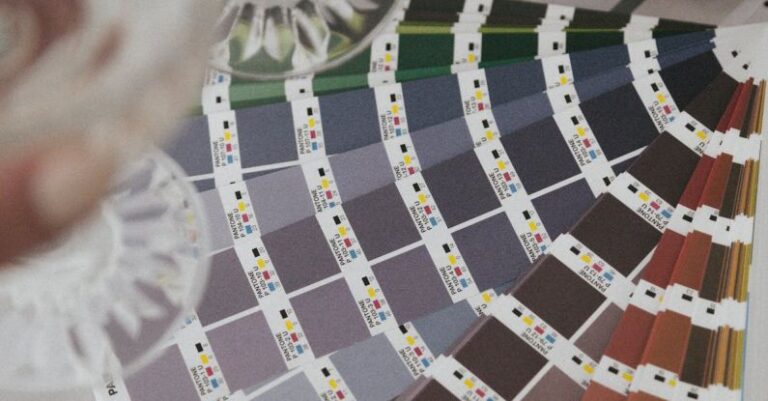What Are the Best Practices for Using Colors in Marketing

Color plays a crucial role in marketing, as it has the power to evoke emotions, convey brand messages, and influence consumer behavior. When used effectively, colors can enhance brand recognition, attract attention, and create a strong visual identity for a business. However, the misuse of colors can have the opposite effect, turning potential customers away or sending the wrong message. To make the most of the impact that colors can have on marketing campaigns, it is essential to understand the best practices for using colors strategically.
Understand Color Psychology
Color psychology is the study of how colors can affect human behavior and emotions. Different colors have the power to evoke specific feelings and associations, making it crucial to choose colors that align with the brand message and target audience. For example, warm colors like red, orange, and yellow are often associated with energy, passion, and excitement, while cool colors like blue, green, and purple can convey calmness, trust, and stability. Understanding the psychological effects of colors can help marketers choose the right hues to communicate the desired message effectively.
Create a Consistent Color Palette
Consistency is key when it comes to using colors in marketing. Establishing a cohesive color palette that aligns with the brand identity can help create a strong visual presence and build brand recognition. Whether it’s a logo, website, packaging, or marketing materials, using the same set of colors consistently across all touchpoints can reinforce brand associations and enhance memorability. Consistency in color usage can also help create a seamless and cohesive brand experience for customers, strengthening brand loyalty and recognition.
Consider Cultural and Regional Preferences
When creating marketing materials for a global audience, it is essential to consider cultural and regional preferences regarding colors. Colors can have different meanings and associations in various cultures, so what may be perceived positively in one region could have a negative connotation in another. For example, while white symbolizes purity and cleanliness in Western cultures, it is associated with mourning and death in some Eastern cultures. Taking the time to research and understand cultural nuances can prevent misunderstandings and ensure that the chosen colors resonate with the intended audience.
Use Color Contrast to Enhance Visibility
Color contrast is a powerful tool that can be used to enhance visibility and draw attention to key elements in marketing materials. By pairing complementary colors or using light and dark shades effectively, marketers can create a visually appealing hierarchy that guides the viewer’s eye to important information. High-contrast color combinations can make text easier to read, improve readability, and increase the overall impact of a design. However, it’s essential to strike a balance and not overwhelm the viewer with too much contrast, as it can lead to visual fatigue and detract from the message.
Test and Iterate for Optimal Results
In the fast-paced world of marketing, it’s essential to test different color combinations and strategies to determine what resonates best with the target audience. A/B testing can be a valuable tool for assessing the effectiveness of different color schemes, layouts, and designs in marketing campaigns. By monitoring metrics such as click-through rates, conversion rates, and engagement levels, marketers can gather valuable insights into which colors perform best and make data-driven decisions to optimize future campaigns. Iterating based on feedback and results can help refine color choices and improve the overall impact of marketing efforts.
Embrace the Power of Color in Marketing
Colors are a powerful tool in the marketer’s arsenal, capable of eliciting emotions, shaping perceptions, and influencing consumer behavior. By understanding color psychology, creating a consistent color palette, considering cultural preferences, using color contrast effectively, and testing for optimal results, marketers can harness the power of colors to create compelling and impactful marketing campaigns. When used strategically, colors can help businesses stand out, connect with their audience, and leave a lasting impression that drives success in a competitive marketplace.





